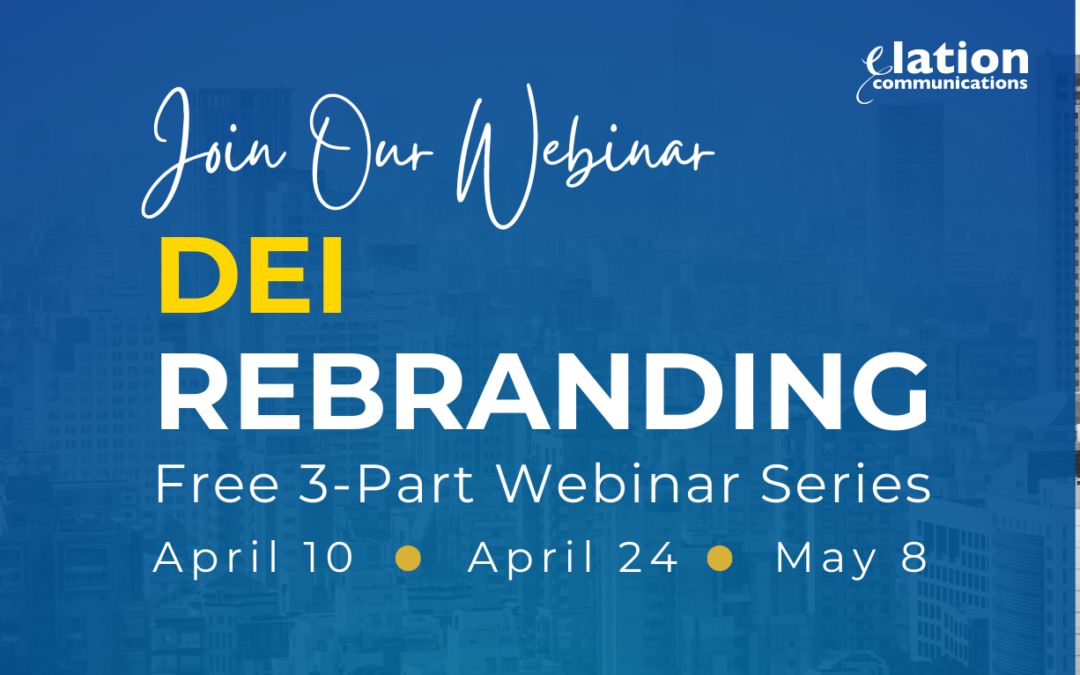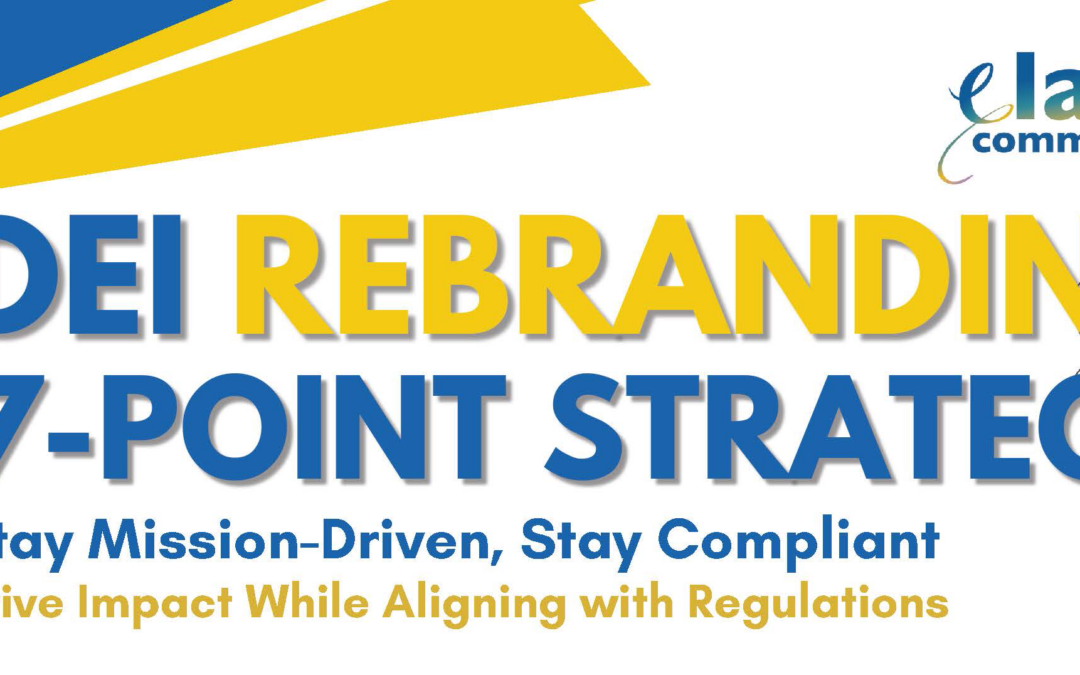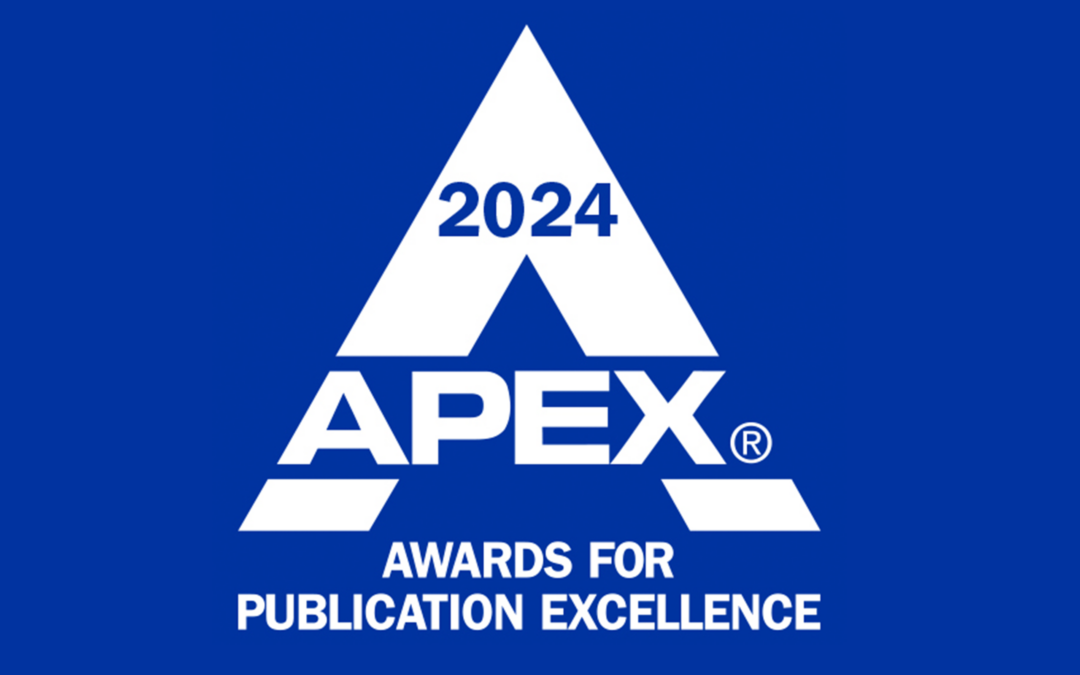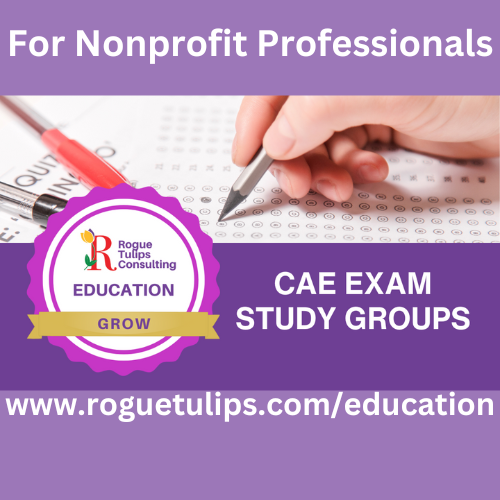The Web Content Accessibility Guidelines (WCAG) matter because they represent a critical step toward a more inclusive digital landscape. BThe Web Content Accessibility Guidelines (WCAG) matter because they represent a critical step toward a more inclusive digital landscape. By prioritizing accessibility, organizations ensure their websites are usable by everyone, regardless of ability. This commitment not only aligns with legal and ethical responsibilities but also enhances user experience, broadens audience reach, and fosters a positive reputation.
The WCAG were developed by the World Wide Web Consortium to provide a comprehensive set of recommendations for making web content more accessible. By adhering to these guidelines, organizations create a more inclusive web experience. The guidelines are organized around four principles, often referred to as POUR.
- Perceivable: Information must be presented in ways that all users can perceive, including providing text alternatives for non-text content.
- Operable: Users must be able to interact with web content, ensuring functionality is available via keyboard and other assistive technologies.
- Understandable: Content must be clear and straightforward, enabling users to understand it easily.
- Robust: Content should be compatible with current and future user agents, including assistive technologies.
According to the World Health Organization, over a billion people live with some form of disability. By following WCAG, organizations help remove barriers that prevent these individuals from accessing information, services, and opportunities online. Ensuring digital accessibility fosters a more inclusive society where everyone has equal access to resources and information.
Many countries have enacted laws and regulations mandating digital accessibility. In the United States, for example, the Americans with Disabilities Act (requires that businesses provide equal access to their services, which extends to their websites. Noncompliance can result in legal repercussions, including lawsuits and fines. By adhering to WCAG, organizations mitigate the risk of legal challenges while demonstrating a commitment to accessibility.
Websites designed with accessibility in mind often result in a better user experience for everyone. Clear navigation, well-structured content, and effective use of color contrast benefit all users, not just those with disabilities. An accessible website improves usability, increases engagement, and enhances overall satisfaction. When websites are designed to accommodate all users, organizations can reach potential customers who may otherwise be excluded. This broader reach can lead to increased traffic, higher conversion rates, and a more diverse user base.
Many of the principles outlined in WCAG also align with good search engine optimization practices. For example, using descriptive alt text for images not only aids visually impaired users but also improves search engine indexing. By creating accessible content, organizations enhance their visibility online, leading to better search rankings and increased organic traffic.
In today’s socially conscious marketplace, organizations are increasingly held accountable for their impact on society. Demonstrating a commitment to accessibility shows that a company values diversity and inclusion, enhancing its reputation. Businesses that prioritize WCAG compliance often gain respect and loyalty from customers who appreciate their efforts to create an equitable digital environment.
If your organization would like to implement WCAG and needs help, contact Elation Communications to learn more about our Inclusive Communications services.
As we continue to embrace the digital age, let us remember that accessibility is not just a technical requirement; it’s a moral imperative. By championing WCAG and promoting inclusive design, we create a world where everyone has the opportunity to thrive online.









